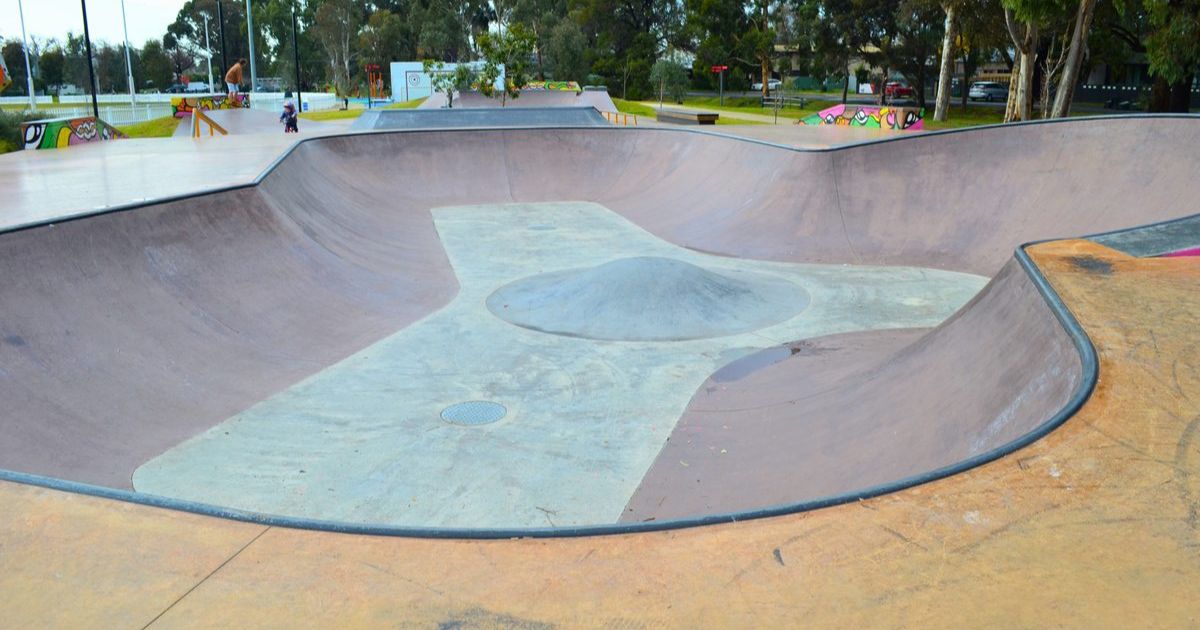Our backyard, truly Triassic
By Tina Seirlis
Although the word Jurassic may more easily roll off the tongue following the popular movie 30-years ago, Moorabool residents may be surprised to discover there is a much more significantly Triassic claim to geological fame right here on the outskirts of one of our towns.
Named Triassic Park for marketing purposes, and officially known as the more humbly-worded Bacchus Marsh Council Trench Reserve, the site was almost lost to progress on more than one occasion. The then Bacchus Marsh Shire Council back in 1873 undertook quarrying of a small pit at the site seeking stone suitable for roads. The stone was thankfully found to be unsuitable, and almost 20 years later a geologist collected samples, leading the University of Melbourne’s Professor Frederick McCoy to identify the site’s relationship to the Triassic age.
The Triassic era pre-dates the Jurassic and is broadly classified as the period 251.9 to 201.3 million years ago, representing an era of great extinction and change on earth. The plant fossils located at Triassic Park are significant to this time. Said to have come about following risk of being lost during the Kennett Government’s sell off of public land, a Committee of Management was established in 2002 to protect and preserve the site. The Committee is appointed by the Victorian Department of Energy, Environment and Climate Action (DEECA). Council Trench Secretary Mr Bob Reid said four of the Committee of Management members are geologists and six members are from the local community.
“They have a variety of skills and experience useful in reserve management. I became involved at the reserve after volunteering at a working bee.”
Reasonably new volunteer Committee member Tamara Camilleri told The Moorabool News, the Council Trench is the only outcrop of Triassic rock found in Victoria and because of this it is significant in understanding the geologic history of the area.
“A lot of time, effort and dedication has been put into preserving this area by committee members and volunteers,” she said.
Ms Camilleri who has a professional background in palaeontology joined the Committee after attending a presentation at the local library during last year’s Earth Science Week.
“I’ve always had a love for dinosaurs and fossils in general,” she said.
She was then surprised to discover how much the local area could fuel her interest.
“I grew up in Bacchus Marsh so I wasn’t sure how I didn’t know there was such an extensive and interesting geologic history here.
“Following the presentation, I talked to some of the committee members and was invited to attend a meeting and have been a member since the start of 2023.”
Triassic Park which is found along Condons Lane in Bacchus Marsh is also said to be just one of many locations of interest locally.
Mr Reid said around Bacchus Marsh there are formations that provide evidence of ancient giant continental glaciers that once covered this area more than 1000 metres deep in ice. “There is also evidence of a period of violent volcanic activity from Mt Blackwood and Mt Bullengarook. The Council Trench Reserve preserves evidence of a warm period before flowering plants evolved,” he said.
Triassic Park is open to the public. Those wishing to visit should note that the site is a declared Natural Features Reserve and it is not permitted to dig or remove any specimens.
For those hoping to support future working bees or volunteer with the Committee of Management, the group can be contacted via Facebook or [email protected].



















